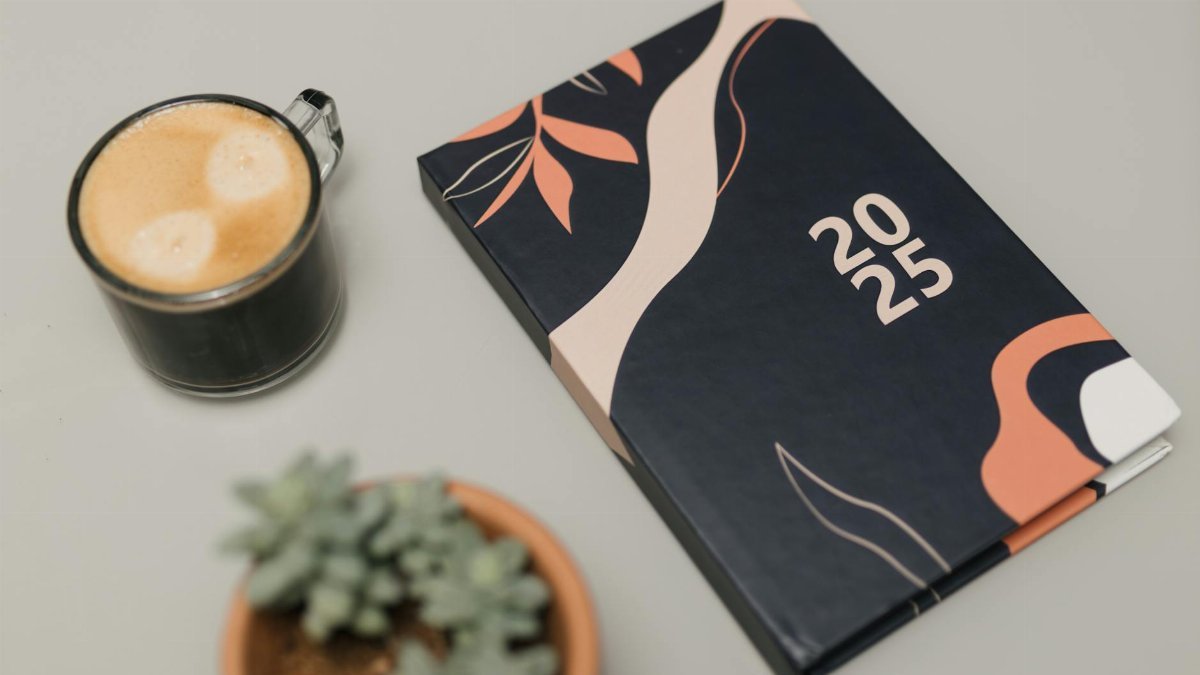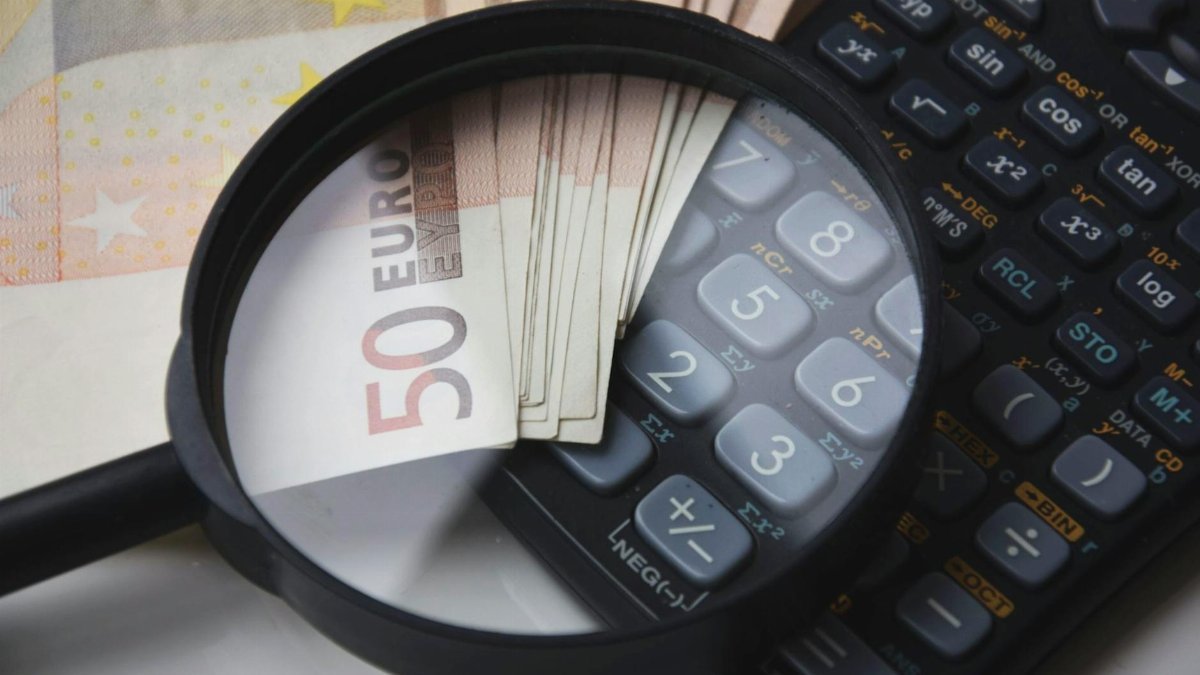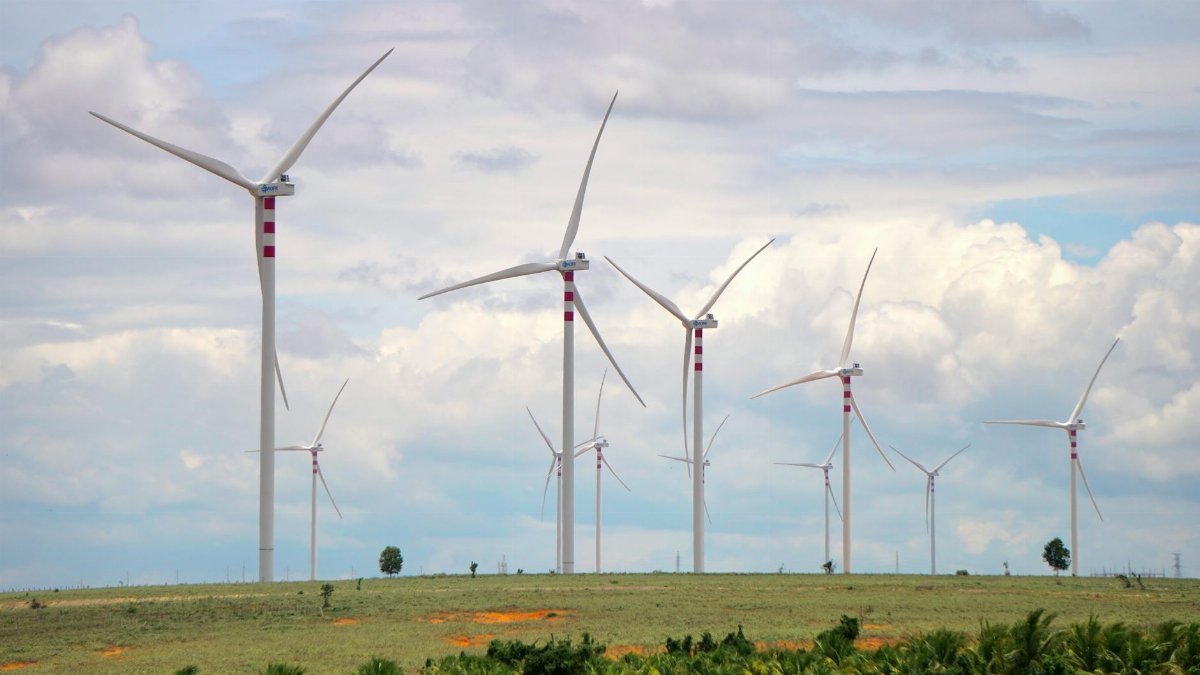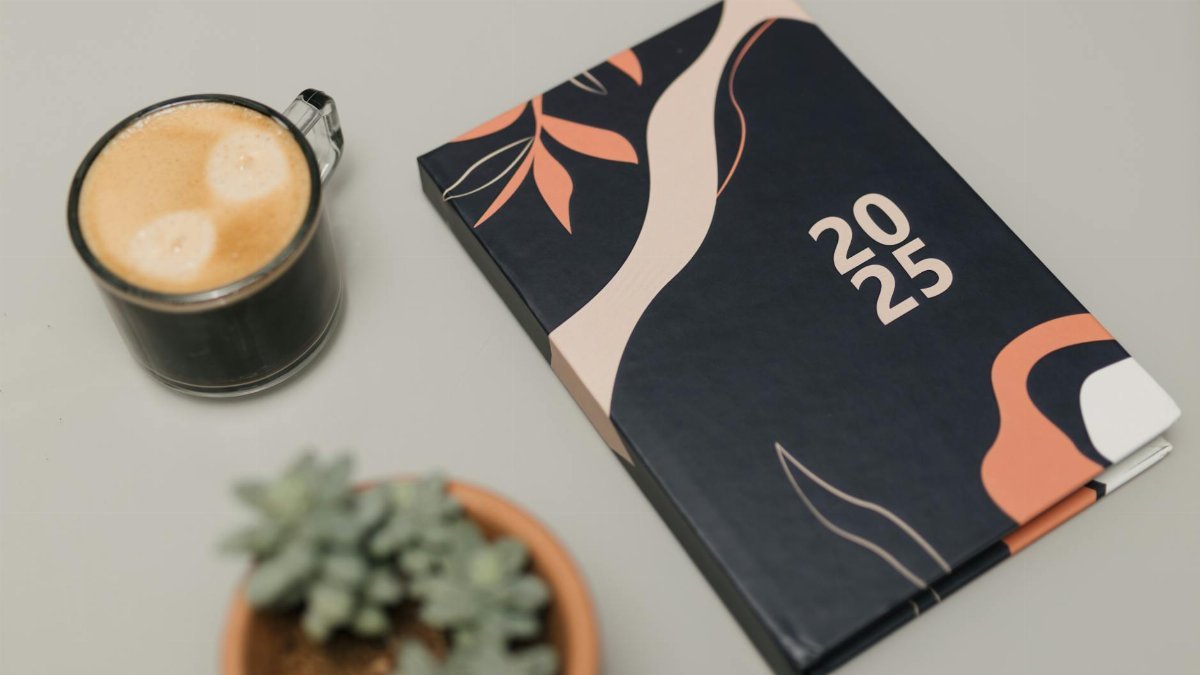Simply put, latte factor inflation is the idea that small daily expenses, like a $5 coffee, balloon over time when adjusted for rising costs, sapping your savings. It matters because, in 2025, with prices climbing, that latte habit could cost more than ever. Coined by financial guru David Bach, the “latte factor” warned against mindless spending. Now, inflation has supercharged this concept, turning a minor splurge into a major budget leak for many Americans. Let’s break down why this old advice still packs a punch in today’s economy.
What Is Latte Factor Inflation?

The latte factor, at its core, is about how small, recurring purchases—like a daily coffee—add up to thousands over years. With latte factor inflation, we’re factoring in how rising prices make those costs even steeper. A $3 latte in 2000 might be $5 or more in 2025, and over a decade, that’s not just a few grand lost—it’s a down payment on a car. Inflation data from the U.S. Bureau of Labor Statistics shows consumer prices have risen steadily, amplifying these micro-expenses. Check the latest inflation trends at BLS Consumer Price Index.
How Much Does a Latte Really Cost in 2025?

Let’s do the math. If a daily latte costs $5.50 in 2025—an average based on current urban coffee shop prices—that’s $2,007.50 a year for 365 days. Factor in a modest 3% annual inflation rate, and in five years, you’re shelling out over $10,500, assuming no price hikes beyond inflation. That’s real money, especially when wages aren’t keeping pace for many. The point? That “small” expense isn’t small anymore.
Why Inflation Makes It Worse

Inflation isn’t just raising the price of coffee—it’s hitting everything. According to a 2023 report from Pew Research, middle-class Americans are feeling squeezed as costs outstrip income growth. When your latte jumps from $4 to $5.50, and rent or groceries spike too, there’s less wiggle room to save. Latte factor inflation isn’t just about coffee; it’s a symbol of how every little cost creeps up, eroding financial goals. See more on income trends at Pew Research Economy & Work.
Who’s Most Affected by This Trend?

Young professionals and urban dwellers take the hardest hit. They’re often near pricey coffee shops, earning modest salaries while facing high living costs. A 30-something tech worker in San Francisco might drop $6 daily on a latte without blinking, but over a year, that’s a rent payment. Lower-income households, already stretched thin, can’t afford these “small” luxuries either, yet many still indulge, cutting into essentials. The latte factor bites deepest when every dollar counts.
Can Cutting Lattes Actually Save You?

Yes, but it’s not a silver bullet. Skipping a $5.50 daily coffee saves over $2,000 annually, which could fund an emergency account or chip away at debt. Financial advisors still tout this strategy because it’s actionable—unlike slashing rent or car payments. However, critics argue focusing on lattes distracts from bigger systemic issues like stagnant wages. Still, in 2025, with costs climbing, trimming these micro-spends can be a start.
What’s the Smarter Alternative?

Brew at home. A decent coffee maker costs $50-$100 upfront, and bulk beans or grounds run $0.50 per cup or less. Even if you splurge on fancy stuff, you’re saving hundreds yearly. Beyond coffee, apply this to other habits—takeout lunches, streaming subscriptions, or impulse buys. Latte factor inflation shows that small shifts in behavior, scaled over time, can rebuild your budget. It’s not glamorous, but it works.
Is the Latte Factor Overhyped?

Some say yes. Financial bloggers argue obsessing over coffee ignores bigger issues—think healthcare costs or housing. A viral X post last year quipped, “Blaming lattes for broke millennials is like blaming a paper cut for a heart attack.” Fair point, but when inflation pumps up every expense, those paper cuts add up. The latte factor isn’t the whole problem, but in 2025’s economy, it’s a piece worth tackling.

With a career spanning investment banking to private equity, Dominik brings a rare perspective on wealth. He explores how money can be a tool for personal freedom and positive impact, offering strategies for abundance that align with your values.
Disclaimer
The content on this post is for informational purposes only. It is not intended as a substitute for professional health or financial advice. Always seek the guidance of a qualified professional with any questions you may have regarding your health or finances. All information is provided by FulfilledHumans.com (a brand of EgoEase LLC) and is not guaranteed to be complete, accurate, or reliable.
